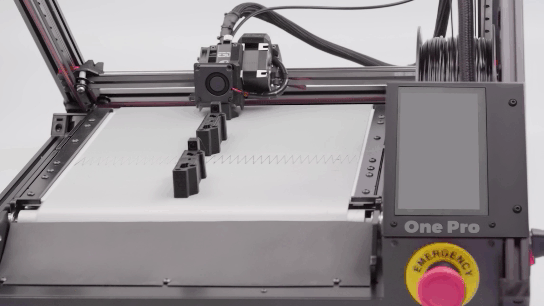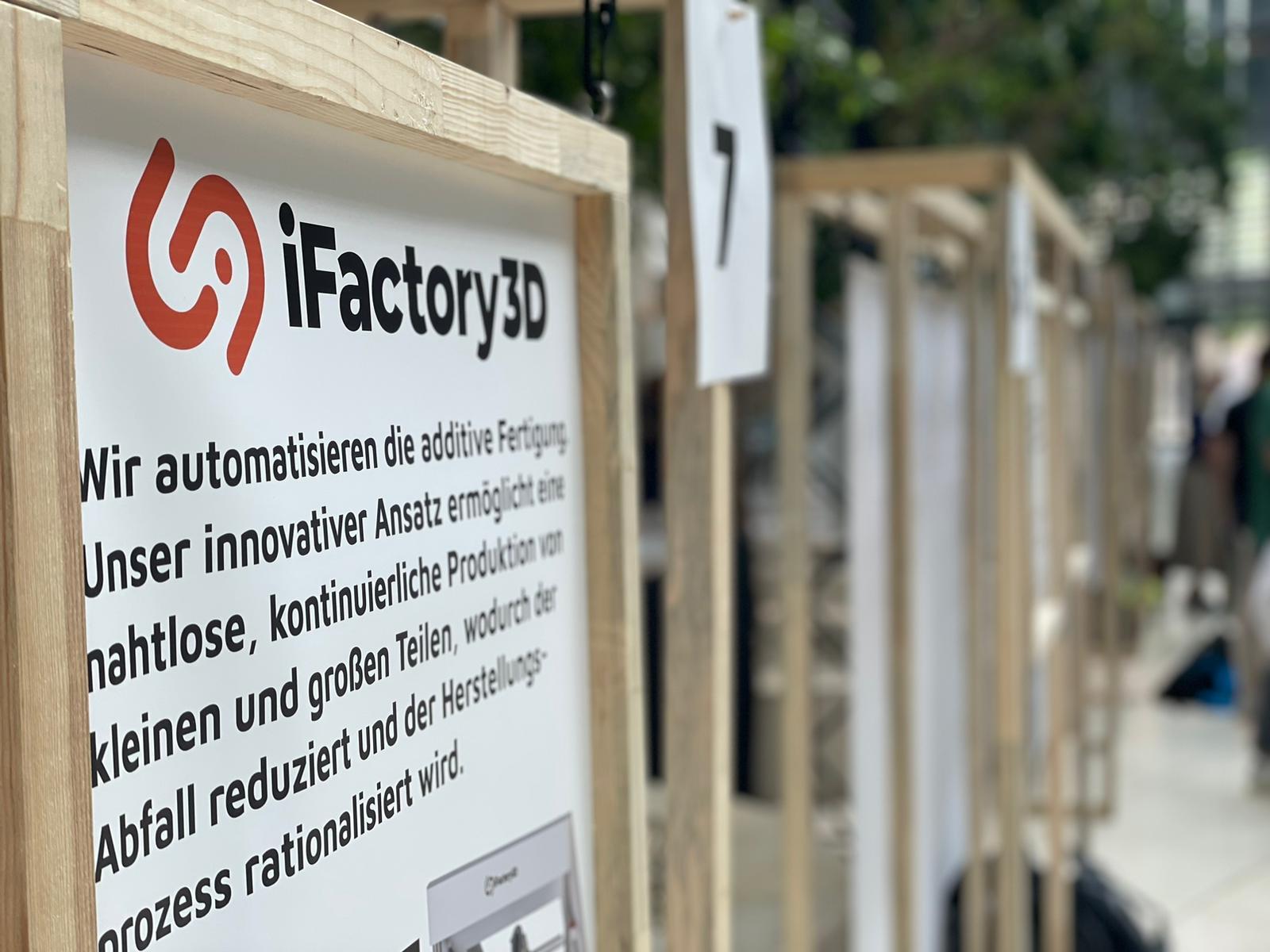The Greener Manufacturing Show 2023 in Cologne was first and foremost a gathering of highly creative and sometimes seemingly impossible new products and, above all, futuristic materials designed to help us break out of the environmentally damaging production vortex.
Across industries: Sustainability is of the utmost relevance
The Greener Manufacturing Show presented not only material innovations, but also solutions in the areas of sustainable chemicals, circular economy, factory solutions, energy & resources and emission reduction. Companies from various industries, including raw materials companies, materials manufacturers, fashion & textiles, food & beverage, packaging, electronics and many more, showed interest in the latest technologies and solutions for more sustainability. Particularly impressive, however, were the sustainable solutions in the raw materials sector, which showed a high level of research and development.
Sustainable materials: from recycled to organic
The approaches and possibilities for new, environmentally friendly materials are diverse and could hardly be more different:
Of course, recycling and upcycling remains an important topic that many manufacturers continue to strive for and refine. However, the starting material for this technology is often synthetic and comes from finite sources such as crude oil, which are not particularly environmentally friendly, at least when it comes to final disposal, and for which incineration is usually the only option. Extending the service life and possible uses of these existing materials is of course a sensible undertaking. Nevertheless, there are also more experimental and nature-based ideas, especially at trade fairs such as the Greener Manufacturing Show.
Natural waste as the basis for material alternatives
On the one hand, there are approaches that use residual and waste materials to create high-quality composite materials that have similar properties to existing materials. For example, from food waste such as banana peels and nutshells. These sustainable alternatives to conventional elastic materials such as TPU are suitable for the production of shoe soles. Through industrial composting, the materials can be fully returned to the biological cycle, which enables an ecological end-of-life perspective for the products.
Sustainable: Synthetic and free from microplastics
Others are focusing even more strongly on degradability in their material concepts, for example through the targeted use of bacteria. Biodegradable and residue-free is a desirable property, especially in view of the increasingly apparent problem of microplastics in recent years. For example, there are manufacturers who have presented their ideas at the Greener Manufacturing Show who have introduced biodegradable and microplastic-free filaments. The filament consists mainly of natural raw materials and is 100% compostable. An innovative feature is the ability to track the composting time on your smartphone – an exemplary product that represents the future of environmentally friendly 3D printing.
Problem despite new sustainable materials
Because with the topic of 3D printing, we are shining a light on a significant challenge that is almost forgotten in the midst of revolutionary sustainable materials. As exciting and ethical as the materials may be, they often simply do not find their way to the consumer. This is because a key problem is that many companies are not prepared to change their manufacturing processes. The finely tuned workflows in existing processes are a fragile system that can quickly become unstable due to the hasty use of materials with different properties. The risks are therefore high and can only be minimized through precise planning and testing. But this planning requires one thing above all: time. And time is money, especially in the consumer goods industry.
Innovation bears risk up front
The cost of switching to new materials is therefore often simply too high. Machine stops, changeovers, numerous tests and engineering hours to adjust machine parameters – these are all hurdles that deter many companies, although the vast majority are well aware that our production landscape needs to change if we want to stop harming the climate and the environment. Most consumers are also aware of the problems associated with our consumption. But all too often we hear that, in theory, there is the will to change something. But if the changes actually come at the expense of the convenience and quality of the product, tolerance drops significantly. For the manufacturer, the question is: will my product be bought if I switch now and go into mass production?
Nachhaltigkeit: Massentauglich?
As great as the desire for more environmentally friendly production may be, these thoughts will always be part of the considerations for new, sustainable materials. Even if you are willing to take this risk for the greater benefit, the extremely new and unconventional materials are not yet accessible. They must first go through many steps to be certified for typical manufacturing processes such as injection molding. Otherwise, they are simply not certified and cannot be used for the large market.
Additive manufacturing for rapid implementation of sustainable materials
This is where iFactory3D’s 3D conveyor belt printer comes in and presents itself as an innovative solution to these challenges. The open system of this printer enables the use of a freely accessible slicer that allows for any conceivable change in temperature, speed and more. This flexibility in setting the printing parameters makes it possible to produce prototypes from the revolutionary materials presented at the trade fair. The only requirement for the One Pro from iFactory3D is that the new materials are available in the form of continuous filaments.
Open system and expert advice for more innovation
Unlike many 3D printers, some of which are limited to applications and very specific filaments, iFactory3D’s belt printer is versatile. The reason for these limitations often lies in the ease of use of the devices and the monetary aspect is also not to be sneezed at if you provide the only permissible consumables yourself. Flexibility has always been a priority for iFactory3D. Right from the development of the belt printer, it was clear that so many different industries would benefit from automated additive manufacturing. They therefore work closely with the companies that use a 3D conveyor belt printer from iFactory3D to solve the different requirements for printing properties and specific features of the end product with expert advice. All this is important not only to optimize the manufacturing process, but also to adapt it to the variety of new materials presented at trade fairs such as the Greener Manufacturing Show.
Quickly go into series production with sustainable material
Another advantage of this 3D belt printer is that it does not have to stop after the first prototype. The built-in conveyor belt makes it easy to produce small batches without having to monitor the device on site. This means that pre-series can be produced in a timely manner and tested on a smaller audience, demonstrating the tendency for acceptance. Following the positive outcome of such studies, essential precautions can be taken so that the sustainable materials can be used for mass production. The risk for the entrepreneur is reduced if he has already been able to establish a trend with the pre-series. In the meantime, the material manufacturer can take the opportunity to have their innovation certified for injection molding or extrusion. The 3D belt printer is very advantageous for market entry if you want to position yourself as a pioneer in the sustainable segment.
Sustainability: Innovation for materials and technology
The Greener Manufacturing Show 2023 was a source of inspiration for companies striving for sustainable production methods. The challenge is not only to discover innovative materials, but also to integrate them into production efficiently and cost-effectively. 3D belt printers from iFactory3D offer a convincing solution here by enabling flexibility, adaptability and location-independent production. In this way, the bridge between fascinating material innovations and mass production is successfully and, above all, promptly bridged.
 Serial production
Serial production
